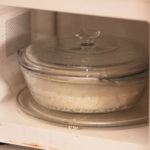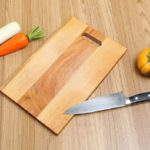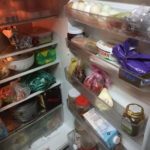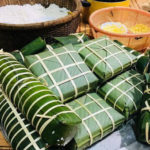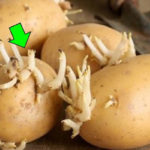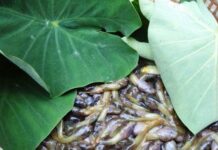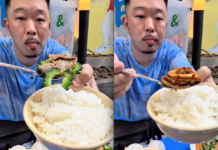Hàn the has been banned in food production by the Ministry of Health because they are toxic. Even at low doses, regular use of hàn the can lead to chronic toxicity due to its accumulation in the body. In the long term, hàn the can affect the liver and kidneys, causing weakness, nausea, and abdominal pain. It also increases the risk of brain damage. Hàn the is harmful and accumulates in the liver, leading to chronic illness. Hàn the poisoning also affects reproductive functions.
However, some establishments still disregard the ban on using hàn the to make firm and delicious giò chả. Meanwhile, the control by the functional units cannot be complete, making it difficult to control the widespread sale of giò chả in local markets.
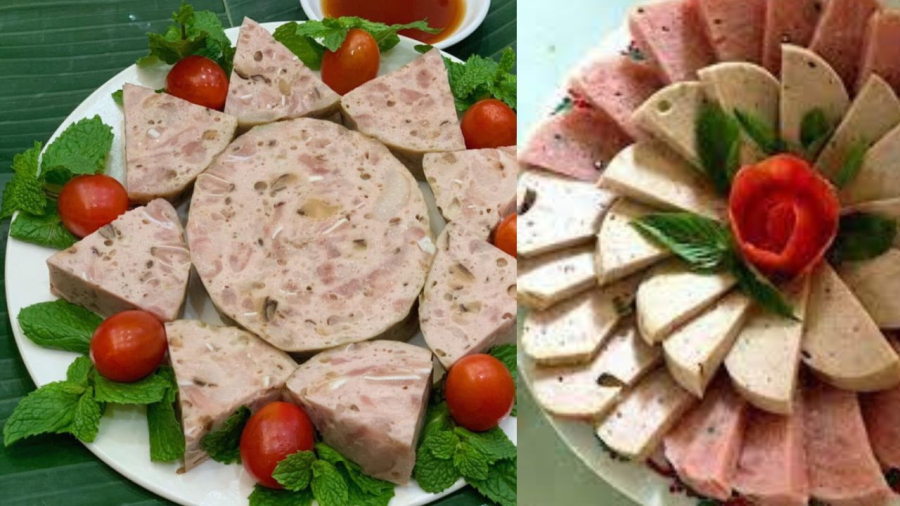
Identifying hàn the-contaminated food
Taste test:
Hàn the doesn’t change the color of giò chả, making it difficult to differentiate visually. The best way to identify it is through taste. Pure giò chả should have a sweet and fragrant taste, soft and not dry or tough. If you bite into a piece of giò chả and find it dry, tough, smooth, and with an unusual bitter taste, it contains hàn the.
Using turmeric: You can test giò chả using turmeric. Hàn the is acidic, while turmeric is sensitive to acid. You can soak a piece of paper in fresh turmeric water and press it onto the surface of the giò chả. If the paper turns from yellow to red after 1-2 minutes, it means that the giò chả contains hàn the. Alternatively, you can rub turmeric on a piece of giò chả and observe. Similarly, you can also use litmus paper to press onto the giò chả. If they turn red or orange, it has been contaminated with hàn the.
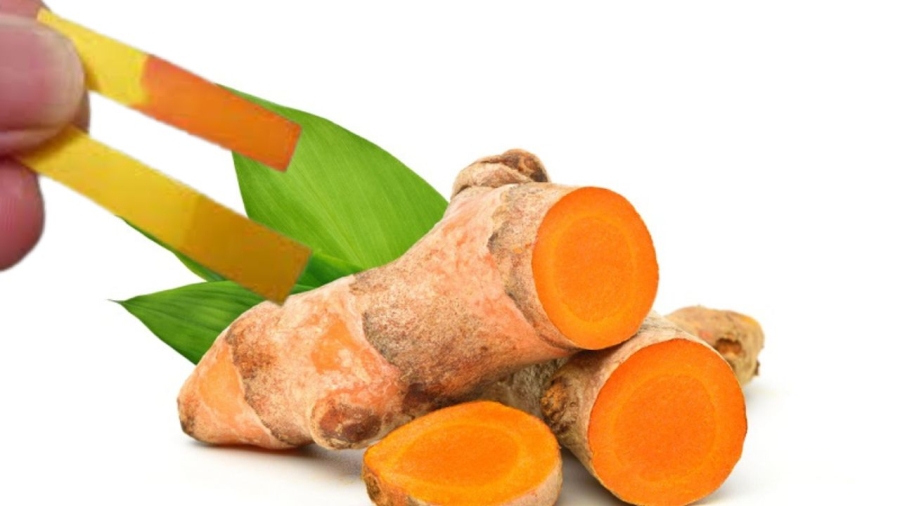
Furthermore, when cutting slices of giò chả contaminated with hàn the, you will find them soft and smooth, while non-contaminated giò chả usually has holes when cut. Standard giò chả without hàn the feels slightly wet when touched, with an ivory color that slightly tends towards pink. On the other hand, giò chả containing hàn the may feel slightly rough on the surface. Giò chả without hàn the sticks to the knife when cut, while giò chả containing hàn the slides smoothly.
8 Common Mistakes People Make with Cutting Boards
Are you using your cutting board correctly? Many Vietnamese households rely on cutting boards in their kitchen, but not everyone knows how to use them properly, especially when it comes to wooden cutting boards. Check out these 8 mistakes to avoid when using a cutting board to ensure both hygiene and safety for everyone in your family.
Is Refrigerated Leftovers Linked to an Increased Risk of Cancer?
Dr. Lam Van Man, Head of Research, Development and Technology Transfer Department of the Institute of Safety Food, has warned of the risk of food poisoning when reheating leftovers from the refrigerator. But what should we be aware of when it comes to the possibility of these leftovers causing cancer? Here, we explore what the experts have to say on the matter and offer some tips for safe eating.
Preserving Leftover Food from the Tet Holiday
With the beginning of the Lunar New Year, many households are stocking up on food to celebrate the festive occasion. While keeping food in the refrigerator is convenient, it can also be harmful to users if not done correctly. We have compiled a few tips to help ensure food remains fresh and safe to consume during Tet.


























